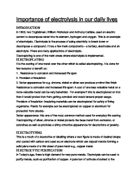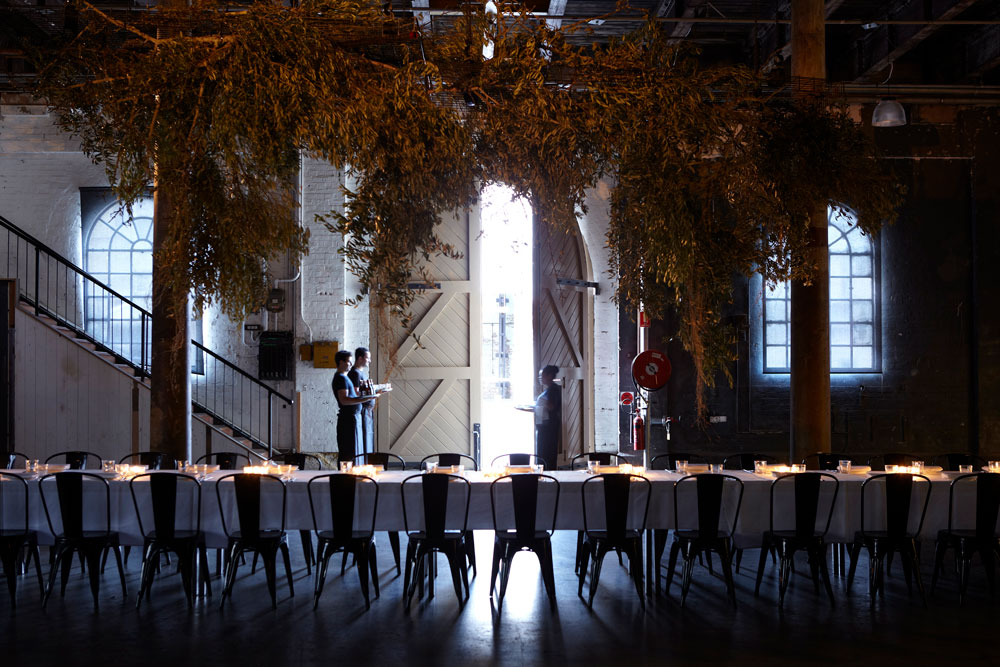Essay about Chemistry of Fireworks - 2036 Words.
The Chemistry Of Fireworks Chemistry Essay The chemistry behind fireworks is a series of oxidation and reduction reactions which result in the desired sound and light.
Behind all the excitement of fireworks, chemistry plays an important role in creating the vivid colours we witness lighting up the sky. The actual chemical reactions that take place in the explosions require the use of oxidisers, reducing agents and binders. The additions of varying metal chlorides add the colours.

The Chemistry Of Fireworks Chemistry Essay The chemistry behind fireworks is a series of oxidation and reduction reactions which result in the desired sound and light. This happens as propellants push the firework into the sky.

Composition Chemistry of firework sis based of the theory of combustion. The composition inside the firework contains 6 vital ingredients. Fuel Charcoal is the most commonly used fuel in fireworks. The fuel loses electrons (a negatively charged subatomic particle.) to atoms within the oxidiser.

When the temperature of a firework is controlled, the glow of components, such as charcoal, can be manipulated to be the desired color (temperature) at the proper time. Metals, such as aluminum, magnesium, and titanium, burn very brightly and are useful for increasing the temperature of the firework.

Traditionally, gunpowder used in fireworks was made of 75 percent potassium nitrate (also called saltpeter) mixed with 15 percent charcoal and 10 percent sulfur; modern fireworks sometimes use other mixtures (such as sulfurless powder with extra potassium nitrate) or other chemicals instead.

Fireworks or pyrotechnics have been around for thousands of years since 1175 A.D. “according to Chinese writings” (Fireworks Pyrotechnics on Display 16) since the discovery of black powder. The Chemistry of fireworks is based on the simple theory of combustion.

But behind all the excitement of fireworks, chemistry plays an important role in creating the vivid colors we witness lighting up the sky. The actual chemical reactions that take place in the explosions require the use of oxidizers, reducing agents and binders.

A firework is an incendiary device or material that can be used forsignalling orentertainment. There are chemicals located in the nose ofthe rocket that explode, producing the colours seen. The art of fireworks, first originated in ancient China, with thefirst explosive being made from a mixture of black powder during theSung dynasty.

Behind all the excitement of fireworks, chemistry plays an importantly in creating the vivid colors we witness lighting up the sky. Tactual chemical reactions that take place in the explosions require use of oxides, reducing agents and binders. The additions varying metal chlorides add the colors.

Free Essay: Introduction Whether it be the 4th of July, a day at Disneyland, or Chinese New Year, fireworks can be used to appeal to people of all ages.

Chemistry of Fireworks Essay. The Chemistry of Fireworks A firework is an incendiary device or material that can be used for signaling or entertainment. There are chemicals located in the nose of the rocket that explode, producing the colors seen.

The colorful and impressive fireworks displays seen during New Year’s Eve, Fourth of July, and other events pack a lot of chemistry into those “Ooooo! Learn more about the history, construction, shapes, and colors of fireworks. Fireworks have to be up in the air, right? Try these cool flashes of light—underwater.



